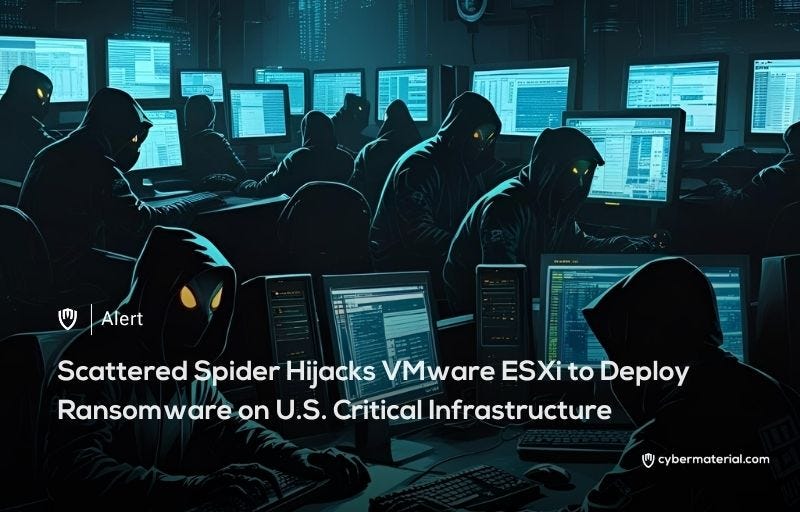
The notorious cybercrime syndicate known as Scattered Spider is escalating its operations by targeting VMware ESXi hypervisors, a critical component of modern IT infrastructure. This group, also identified by aliases such as 0ktapus and UNC3944, has set its sights on major industries in North America, including retail, airlines, and transportation. Their attacks are not random but are meticulously planned campaigns, demonstrating a high level of skill in targeting an organization’s most sensitive systems for data theft and extortion.
Unlike many hacking groups that rely on exploiting software vulnerabilities, Scattered Spider’s primary weapon is social engineering. According to analysis by Google’s Mandiant team, the group’s playbook centers on deceiving IT help desk personnel through phone calls. These actors are notably aggressive and creative, skillfully impersonating employees, particularly high-value administrators, to persuade support staff to reset passwords. This initial foothold allows them to bypass even mature security programs and begin their “living-off-the-land” (LotL) approach, where they manipulate trusted internal systems to move laterally within the network.
The attack unfolds in a distinct five-phase sequence that showcases the group’s methodical approach.
It begins with the initial compromise via social engineering, followed by reconnaissance to map out the IT environment and identify key administrators and credentials, often from privileged access management (PAM) solutions. Once they have control of an administrator’s account, they pivot from the corporate Active Directory to the VMware vSphere environment. Here, they establish persistent, encrypted reverse shells to maintain access while evading firewall detection.
With access to the virtual infrastructure, Scattered Spider’s tactics become even more destructive. They enable SSH on ESXi hosts, reset root passwords, and execute a “disk-swap” attack to exfiltrate the NTDS.dit Active Directory database without raising alarms. This involves powering off a Domain Controller’s virtual machine, detaching its virtual disk, mounting it to a compromised machine to copy the database, and then reattaching it.
Subsequently, they cripple an organization’s ability to recover by deleting backup jobs, snapshots, and repositories before deploying their custom ransomware via SSH.
The effectiveness of this playbook lies in its speed and stealth, fundamentally differing from traditional ransomware attacks. The entire sequence, from initial breach to ransomware deployment, can occur within just a few hours. This “extreme velocity” leaves security teams with little time to react. Furthermore, by operating directly from the hypervisor, the group bypasses endpoint security tools like EDR, leaving few traces. This has led security experts at Google to call for a fundamental shift in defense, urging organizations to move from endpoint-focused threat hunting to a more proactive, infrastructure-centric defense strategy to counter this advanced and persistent threat. Their collaboration with ransomware programs like DragonForce further amplifies the financial and operational damage they can inflict.
Reference:
The post Scattered Spider Hits ESXi Servers first appeared on CyberMaterial.


